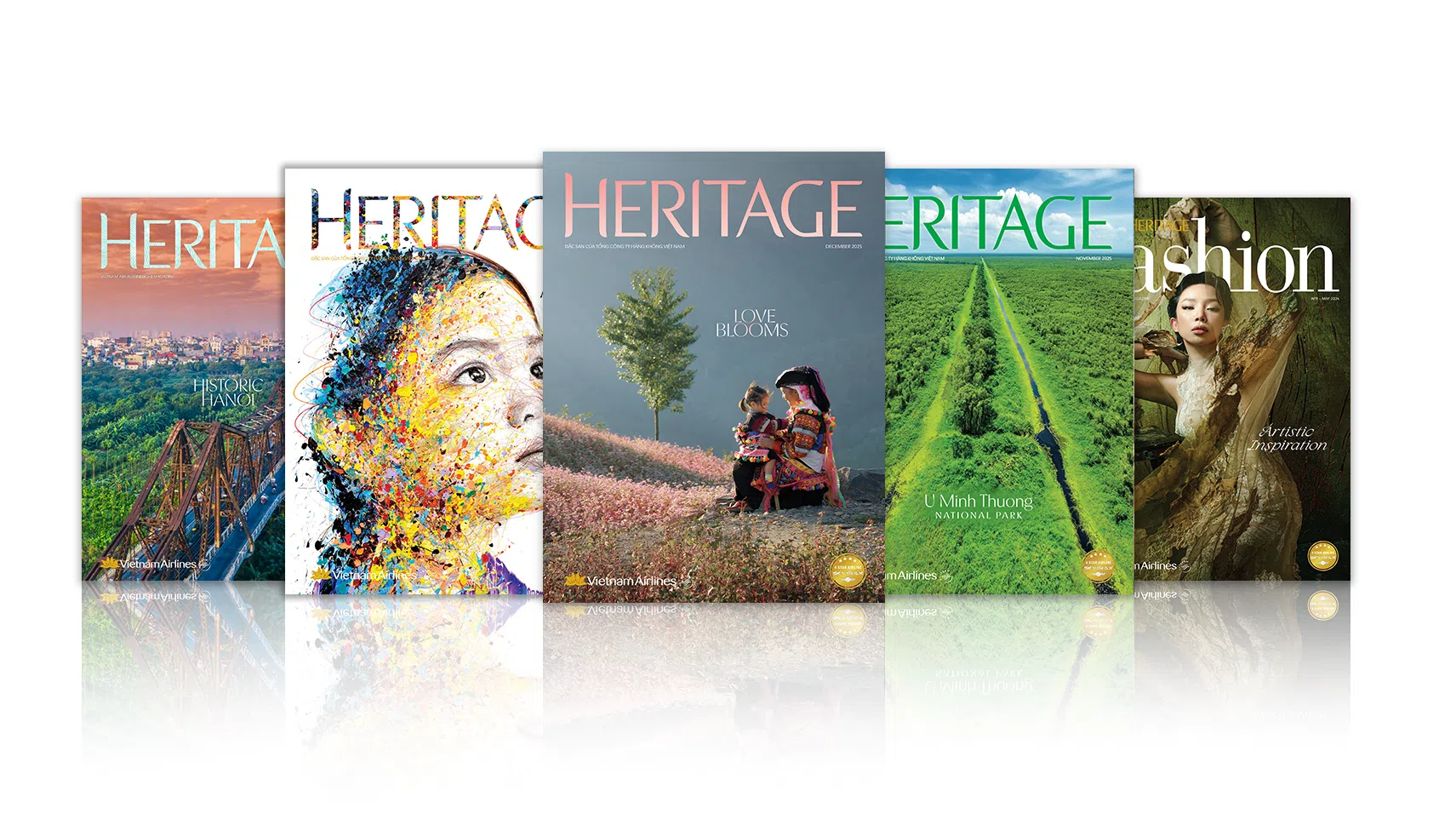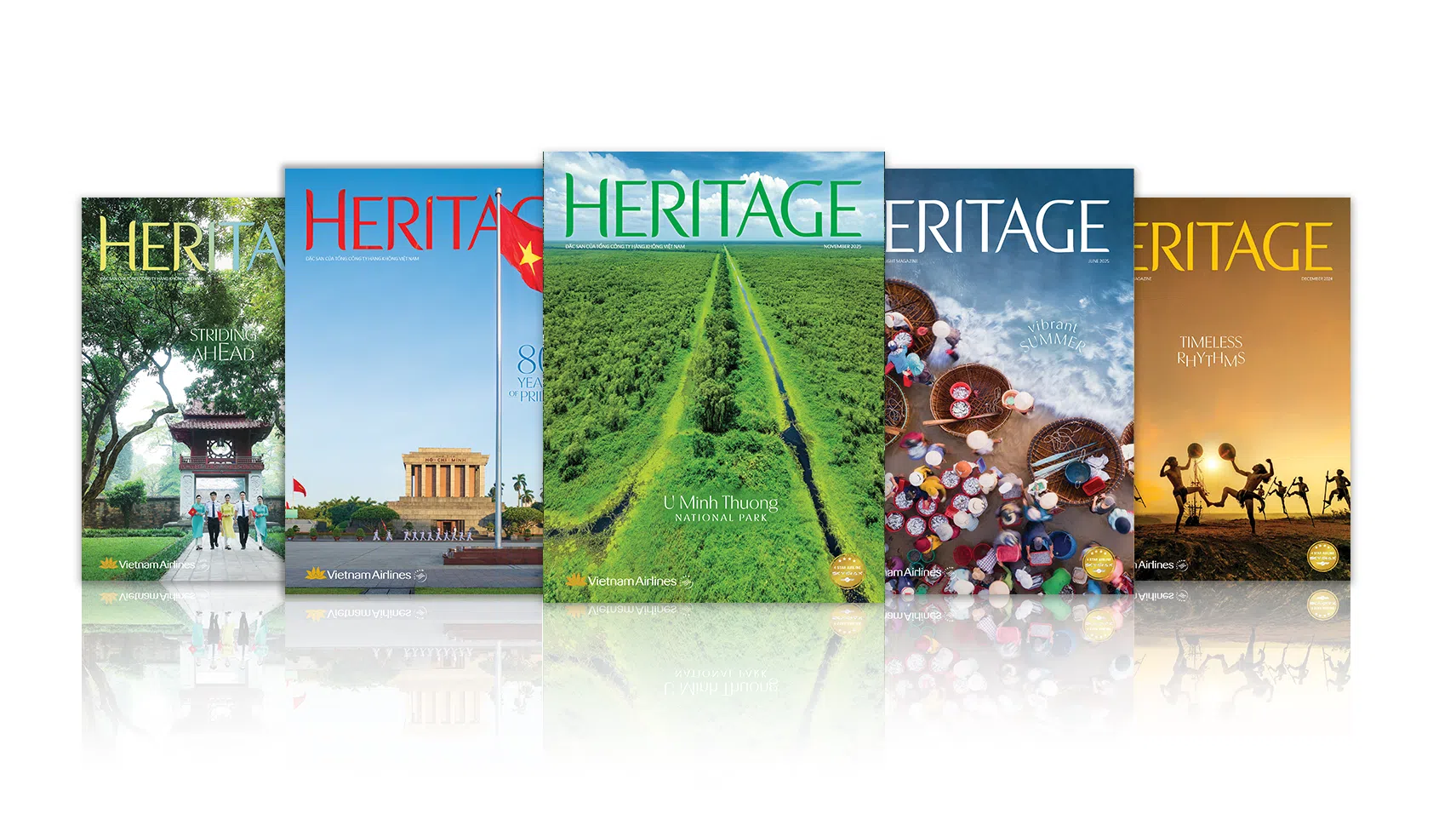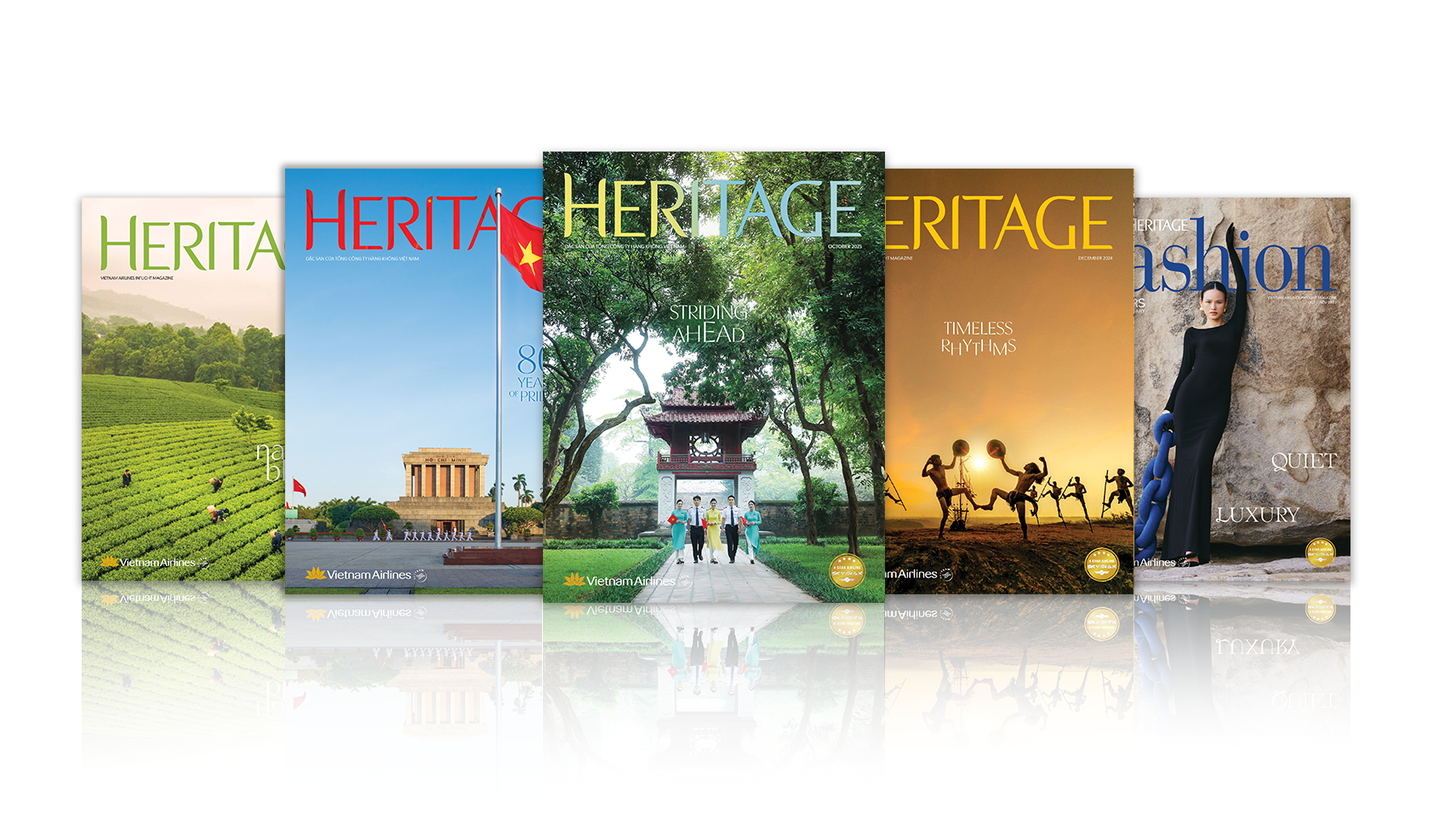Story: Truong Quy
Photos: Vinh Dav
“I love Hanoi of a thousand years past, with every street name I recall.
I love Hanoi today, with its wide and open roads…”
(From the song Our Hanoi – Hoang Van)
The lyrics of this 1980s children’s song carried a dream of the future – a dream now reflected in Hanoi’s 21st-century skyline. The city’s transformation, driven by modernization, has created a diverse urban landscape that stands alongside its thousand-year-old historic core.
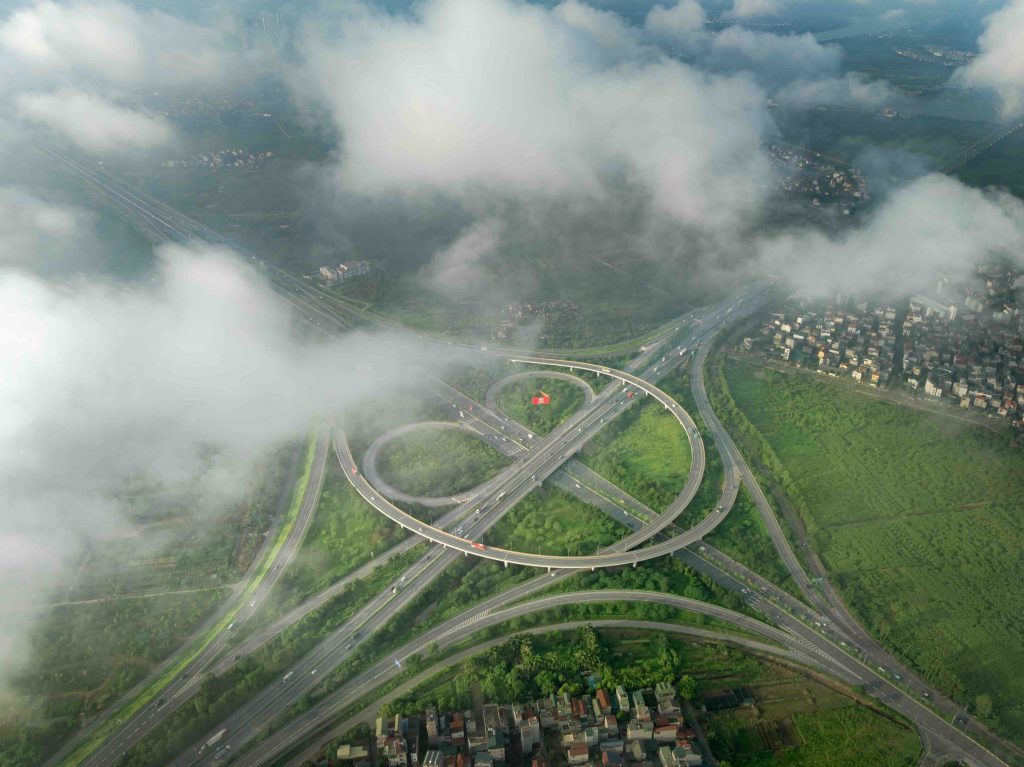
Lifelines of roads and bridges
In the 21st century, Hanoi developed its inherited transport structure into a clear pattern of radial routes and concentric ring roads, stemming from Ring Road No. 1, which once traced the defensive ramparts of Dai La Citadel. In the 1990s, the Thang Long-Noi Bai Expressway was Hanoi’s only highway; today, six arterial routes radiate from the capital, evenly spread to reach every corner of the northern region, the northern border, and beyond, linking to the length of Vietnam.
Hanoi’s roads begin at gateways and extend across rivers in this “land within rivers.” In just a quarter of a century, the city has added major bridges to its urban core: Vinh Tuy, Thanh Tri, and Nhat Tan over the Red River, along with Phu Dong and Dong Tru across the Duong River. These bridges have created vistas long envisioned by past generations.
From a city with simple infrastructure, Hanoi now boasts a network of highways, elevated railways, and underpasses – even junctions layered three to four levels deep, such as Nguyen Trai-Khuat Duy Tien, Cau Giay, or Trung Hoa. New arteries like Vo Chi Cong Road with Nhat Tan Bridge and the elevated Ring Road No. 2 have helped ease the traffic congestion once associated with the capital.
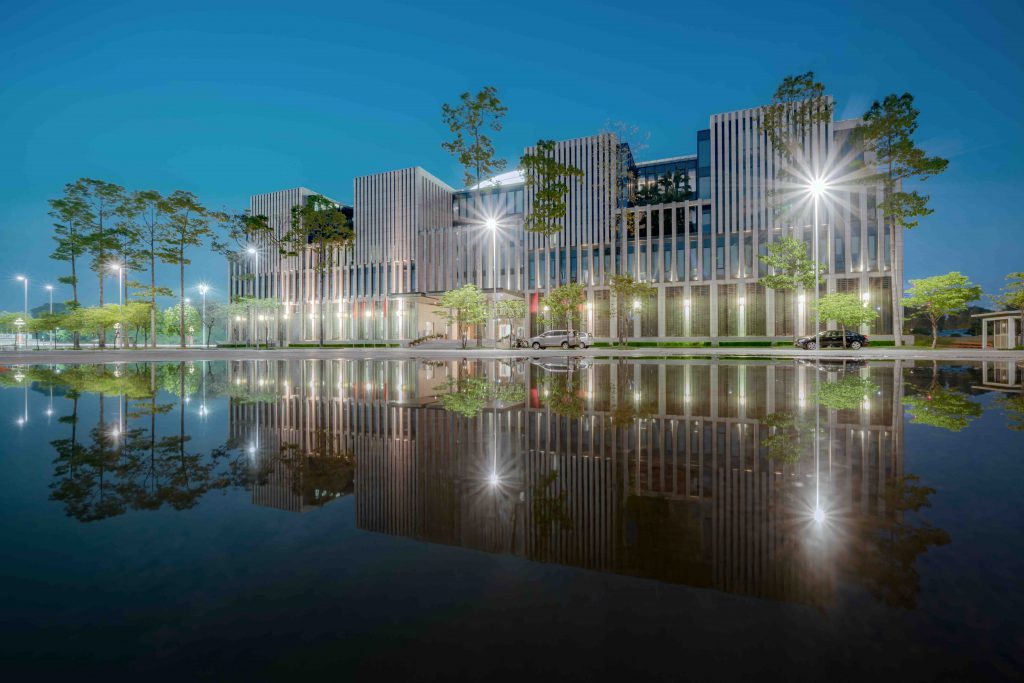
After a century defined by trams and their iconic “clattering bells morning and night,” the arrival of elevated rail lines has marked a new era in public transport. Today, Hanoians are used to seeing trains gliding over Dong Da Lake at sunset, their tracks curving like a ribbon that softens the cityscape.
Towers rising into the blue
The composer Tran Tien once envisioned Hanoi of the year 2000: “Hanoi of two thousand. Towers rising into the blue sky.” Today, the capital is home to more than 1,200 buildings over 12 stories tall and around 50 towers exceeding 150 meters. The tallest, Landmark 72, inaugurated in 2011, soars 72 stories and 336 meters, making it the highest in Hanoi and the second tallest in Vietnam.
As well as competing in height, these new skyscrapers serve as statements of modernity and energy efficiency. Towers such as the Frequency Administration Building on Tran Duy Hung Street, Lotte Center on Lieu Giai Street, and Techno Park Tower in Gia Lam stand out visually, boldly embracing contemporary architectural designs.
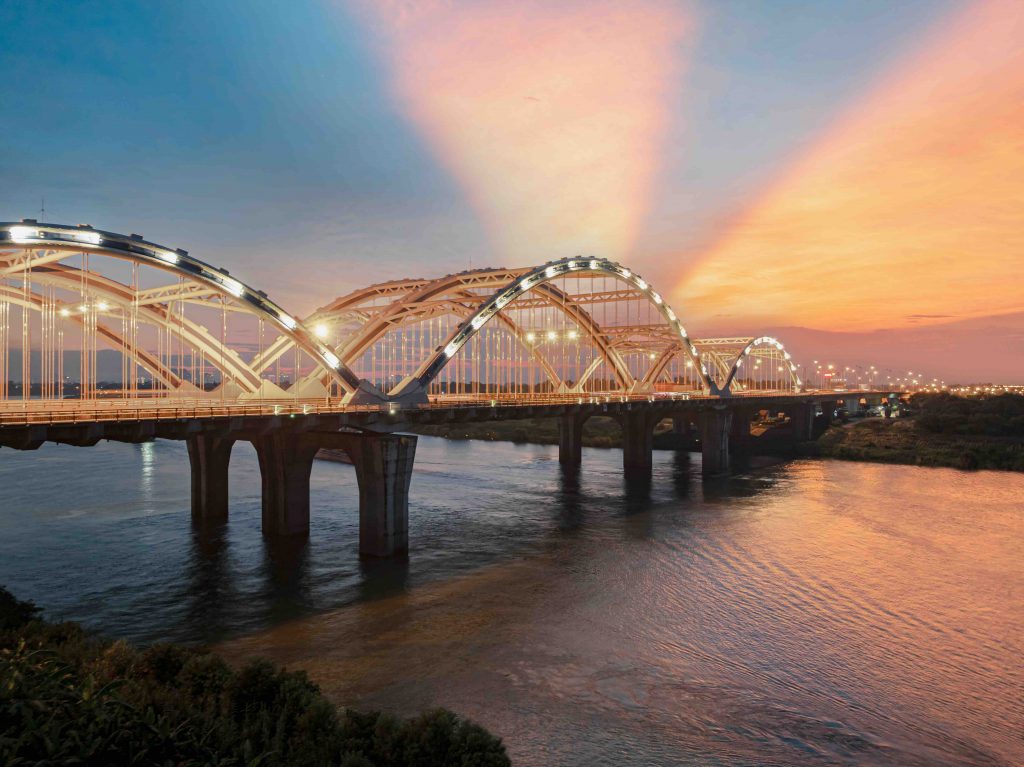
Since the early 2000s, as Vietnam deepened its regional and global integration, My Dinh Stadium and the National Sports Complex became proud symbols of the country hosting the 22nd SEA Games, sparking rapid development in this new urban area. Soon after, monumental projects such as the National Convention Center, the Hanoi Museum, and the Vietnam Military History Museum emerged, forming a major hub that complements the historic city core. Along Thang Long Boulevard, the Military History Museum’s design evokes a crossbow, recalling the legend of the Golden Turtle God from King An Duong Vuong’s era through bold architectural expression. The most recent addition, the Kim Quy Exhibition Center, sits adjacent to the Co Loa Citadel heritage site and ranks among the world’s largest exhibition spaces.
In the historic center, a dialogue between modern architecture and heritage is also unfolding. In Ba Dinh Square, the new National Assembly building stands beside the UNESCO World Heritage-listed Thang Long Imperial Citadel. Meanwhile, other new structures revisit classical motifs, connecting with the familiar fabric of the old quarters.
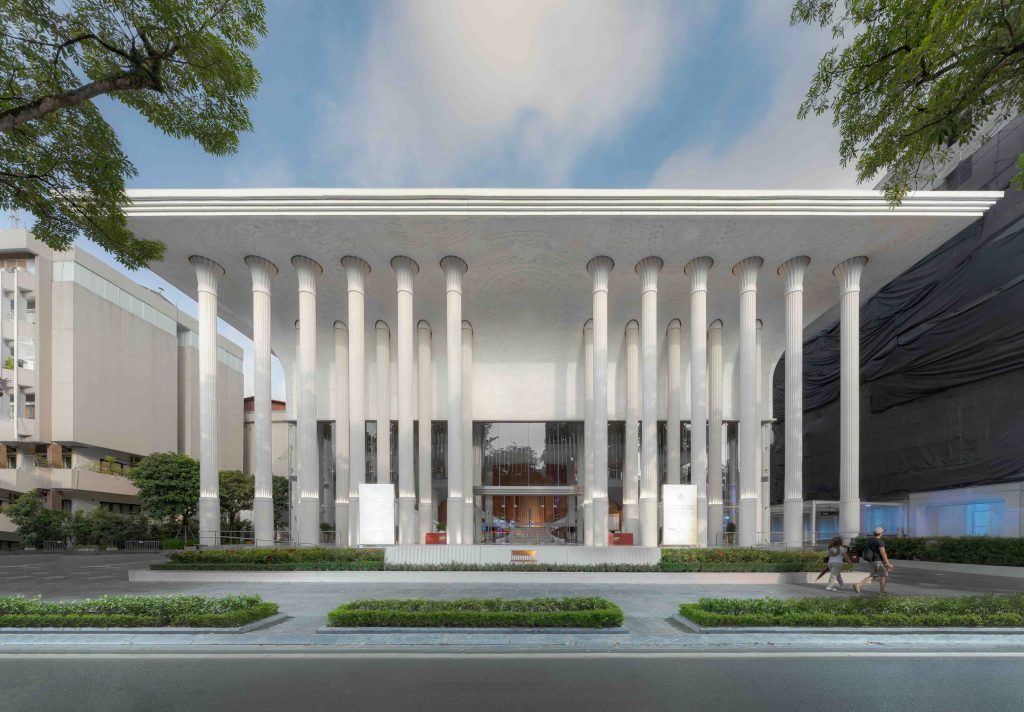
Greenery and water remain central to Hanoi’s renewal. The city has transformed its many lakes into parks that act as green lungs for surrounding neighborhoods, helping to ease the density of urban life in areas like Yen So, Hoa Binh, Phung Khoang, Cau Giay, and others.
As the country struggled for independence, in his poem The Country, Nguyen Dinh Thi wrote, “Autumn sky, a new robe / In tender smiles and words.” Eighty autumns ago meet today in Hanoi’s new urban landscape. A quarter of the 21st century has passed, and the capital has undergone dramatic transformations, responding to the energy of modern urban life. In many ways, the dreams of past generations have taken shape in this new, modern version of Hanoi.







